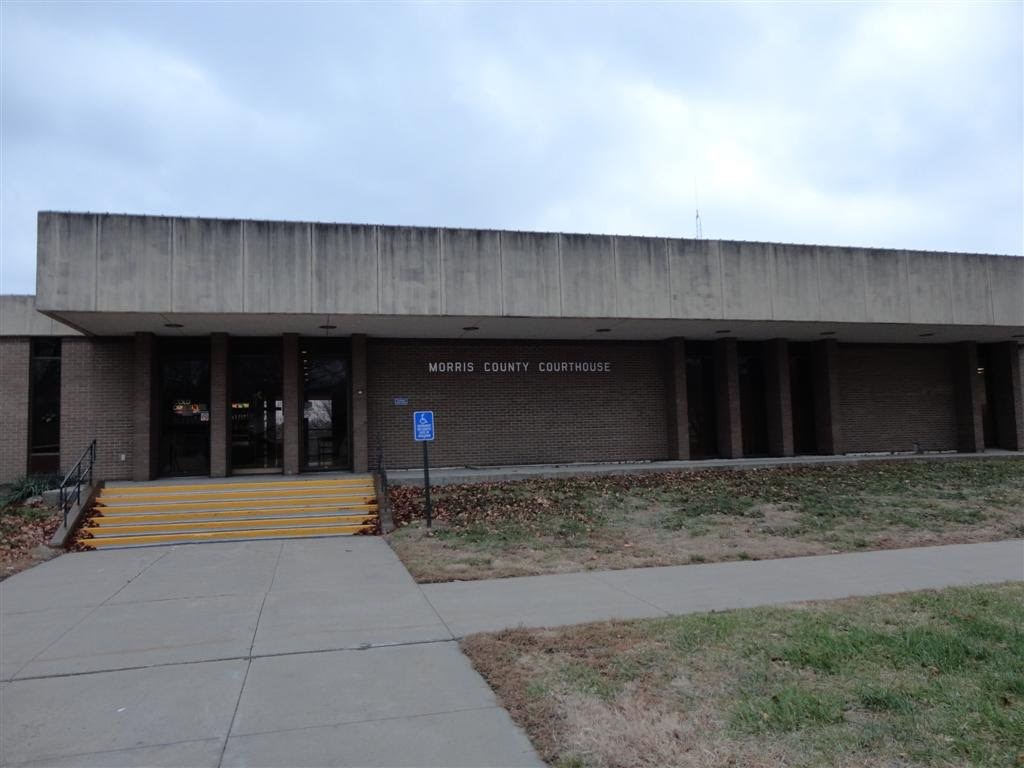Since the founding of our communities, organizations, businesses and citizens have stepped forward to build and serve their community. Click on any of the logos below to learn about those who made this website possible! If you would like to learn about becoming a sponsor CLICK HERE!
- County: Morris County, KS
- Region: Northeast KS
- Sponsors
- About Council Grove, KS
- Businesses
- Community Organizations
- Faith Organizations
- Festivals and Events
- Points of Interest
- Veterans
Learn how to Contribute to any of the above categories.
No news yet. Got some news? Hit that NEW POST button!
About Council Grove, KS
Council Grove is a city and county seat in Morris County, Kansas. This city is fifty-five miles southwest of Topeka. It was named after an agreement between European Americans and the Osage Nation about allowing settlers' wagon trains to pass through the area and proceed to the West. Pioneers gathered at a grove of trees so that wagons could band together for their trip west. As of the 2010 census, the city population was 2,182. Council Grove was one of the last stops on the Santa Fe Trail heading southwest. The first European-American settler was Seth Millington Hays, who came to the area in 1847 to trade with the Kaw tribe, which had a reservation established in the area in 1846. Hays was the great grandson of Daniel Boone.
A post office was established in Council Grove on February 26, 1855.
In 1858, the town was officially incorporated by the legislature. Hays also opened a restaurant in 1857, the Hays House, which is said to be the oldest continuously operating restaurant west of the Mississippi River.
The town has 13 sites listed on the National Register of Historic Places. One is the Post Office Oak. Travelers left their mail in this designated tree to be picked up by others going in the right direction. General Custer of the United States Army slept here with his troops during the American Civil War, under a large tree known now as the Custer Elm.
The National Old Trails Road, also known as the Ocean-to-Ocean Highway, was established in 1912, and was routed through Herington, Delavan, Council Grove.
In 1943, German and Italian prisoners of World War II were brought to Kansas and other Midwest states as a means of solving the labor shortage caused by American men serving in the war effort. Large internment camps were established in Kansas.
Businesses of Council Grove, KS
The businesses of our towns are truly the lifeblood of each community, click on any businesses below to learn about them, to learn how to add your business to your town and county page CLICK HERE!
Morris County, KS
Visit our county page and you will find information about our town and county's points of interest, festivals/events and faith community. You also will learn about the community organizations that have built and continue to build strong communities (chambers, community groups, and departments, etc) and much more when you visit the Morris County, KS page.

